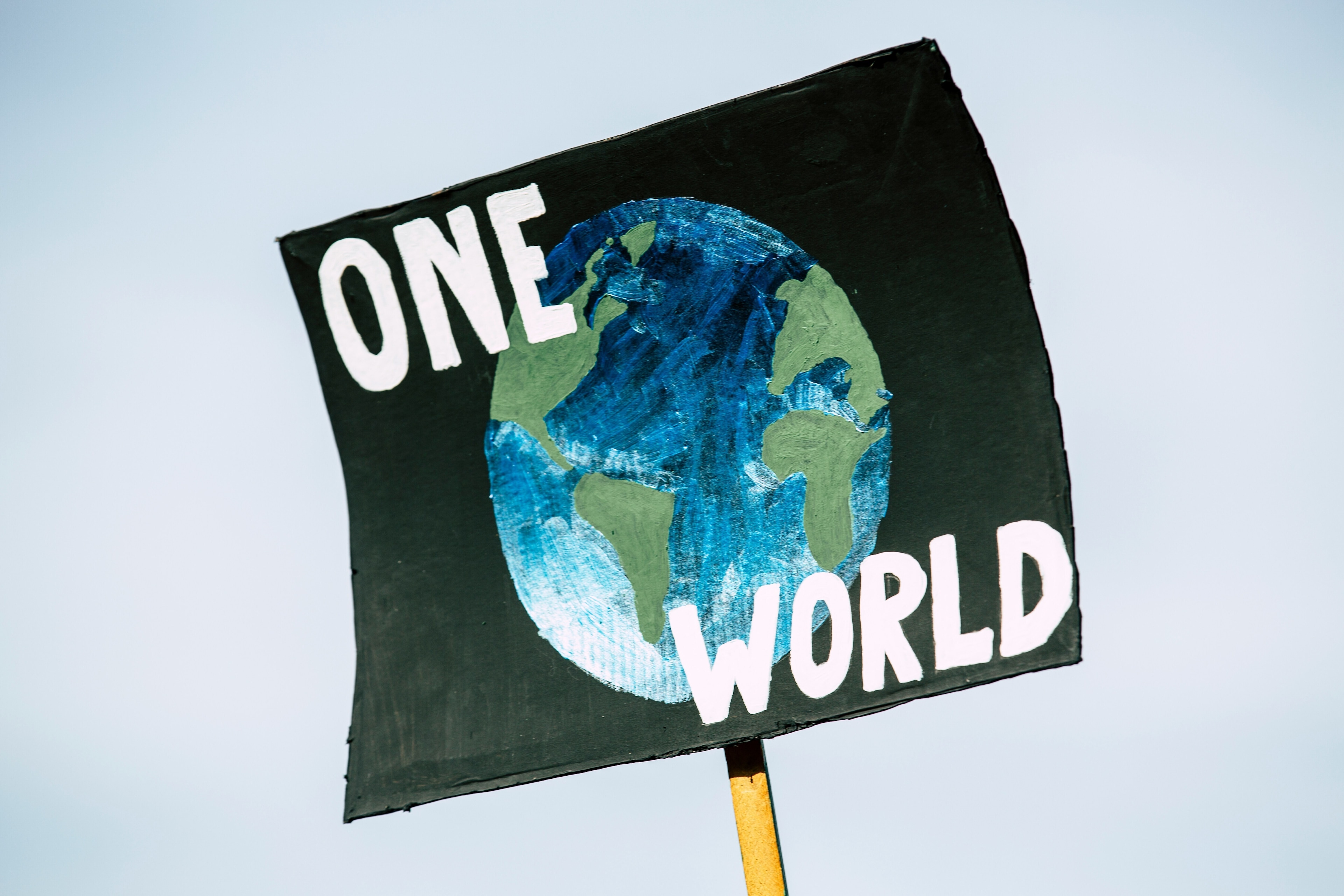Why El Niño and global warming could make for a turbulent winter
El Niño is a warming of the ocean's surface in the eastern Pacific Ocean.
Image: Unsplash/ccfrancisbooks
Stay up to date:
Climate Crisis
- El Niño, a weather phenomenon originating in the tropical eastern Pacific with repercussions around the globe, is expected to intensify over the winter.
- Combined with the impact of climate change and global warming, this could lead to changes in weather and extreme weather events around the globe.
- Climate-related risks are now the top concerns for risk experts, in particular the failure to mitigate and adapt to climate change, according to the World Economic Forum’s Global Risks Report 2023.
“Little boy” – it’s an innocuous name for a phenomenon that affects our weather as fundamentally as El Niño does. The climate pattern is already particularly strong, but is predicted to intensify over the winter.
Add to this higher-than-ever ocean temperatures as a result of global warming, and a winter of extreme weather may be looming, particularly in the US, according to a new forecast from the Climate Prediction Center at the US National Oceanic and Atmospheric Administration (NOAA).
What is El Niño?
El Niño is the name used to describe a rise in sea surface temperatures in the tropical eastern Pacific. It reoccurs every few years as sea temperatures increase by 0.5°C above long-term average figures. According to the UK Met Office, the name El Niño goes back to Peruvian fishermen who, centuries ago, named the phenomenon after the newborn Christ, “El Niño de Navidad”.
The weather phenomenon leads to warmer-than-average weather. El Niño impacts the equatorial eastern Pacific most strongly, but it also raises temperatures around the globe.
In recent years, temperatures the world over have benefitted from the cooling effect of La Niña – “little girl” – which takes turns with her sibling. It brings cooler sea surface temperatures that often lie between three and five degrees below average. La Niña leads to drier, cooler weather in the tropical eastern Pacific and, by extension, across the world.
Between the two extremes of El Niño and La Niña there are also neutral periods where temperatures remain close to the long-term average. Around half of all years are typically neutral.
What can we expect from El Niño this winter?
After three years of a cooling La Niña phase, El Niño returns at a time when the world is already facing very high temperatures, Euronews reports. The United Nations (UN) declared July 2023 the hottest month in 120,000 years as a result of both El Niño and the impact of climate change. We’ve since also experienced the hottest August and September on record.
For the US, NOAA predicts warmer-than-average temperatures are likely across wide stretches of the country, reaching into the Pacific west and along the northern half of the Atlantic coast.
Alongside El Niño, there’s also an interaction with jet streams, Axios reports. These are fast-moving currents of air that circulate above the Earth and are stronger in winter when air temperature differences are at their most extreme.
In the US, El Niño and the subtropical jet stream are likely to carry storms from California through the southern states, resulting in above-average rainfall in those areas. At the same time, the polar jet stream will bring cold air to the north of the country, according to Axios. We could therefore see a repeat of the heavy snowstorms in the Mid-Atlantic states, such as the “Snowmageddon” blizzard in Washington D.C. during the winter of 2009-2010.
What is El Niño’s global impact?
El Niño’s impact extends far beyond the US and the Americas.
Those living close to the Pacific will feel the effects first, Euronews points out. This includes the west coast of the Americas, Japan, Australia and New Zealand. Indonesia and Australia could see hotter and drier weather with a greater risk of wildfires. And while India and South Africa may see less rain, East Africa could see an increase, leading to flooding. Winters in the north of Europe will be colder and drier, whereas those in the south will be wetter.
The UN’s World Meteorological Organization has warned that the impact of El Niño could yet again threaten lives and food supplies in some regions, as The Guardian reports.
There is also a risk of increased hurricane activity in the Pacific Ocean, making tropical cyclones more likely to hit island nations such as Hawaii.

How does climate change add to the picture?
A strong El Niño phase in 2014-16 led to droughts and floods around the world, contributed to outbreaks of Zika virus across South America and bleached close to a third of Australia’s Great Barrier Reef. What was considered a mild El Niño in 2018-19 contributed to some of Australia’s worst wildfires.
However, the interaction between El Niño and climate change is under constant scientific investigation. Several studies suggest global warming may lead to stronger El Niño phases, according to a report from the Grantham Institute for Climate Change and the Environment at Imperial College London. For example, researchers have found that extreme sea surface temperature events in the Eastern Pacific have increased by a tenth since 1960. But it’s likely that El Niño episodes will become more frequent over the next 100 years, scientists predict.
According to the World Economic Forum’s Global Risks Report 2023, climate-related risks are the top concerns for risk experts as they look ahead. Factors ranked for severity include extreme weather events, biodiversity loss and ecosystem collapse, and large-scale environmental damage. But the greatest risks emanate from failing to mitigate and adapt to climate change, which tops the list as the most pressing issue of the next decade.
What’s the World Economic Forum doing about climate change?
Don't miss any update on this topic
Create a free account and access your personalized content collection with our latest publications and analyses.
License and Republishing
World Economic Forum articles may be republished in accordance with the Creative Commons Attribution-NonCommercial-NoDerivatives 4.0 International Public License, and in accordance with our Terms of Use.
The views expressed in this article are those of the author alone and not the World Economic Forum.
Related topics:
Forum Stories newsletter
Bringing you weekly curated insights and analysis on the global issues that matter.
More on Climate ActionSee all
Andrea Willige
September 22, 2025
David Elliott
September 22, 2025
Natalie Unterstell and Alex Scott
September 22, 2025






